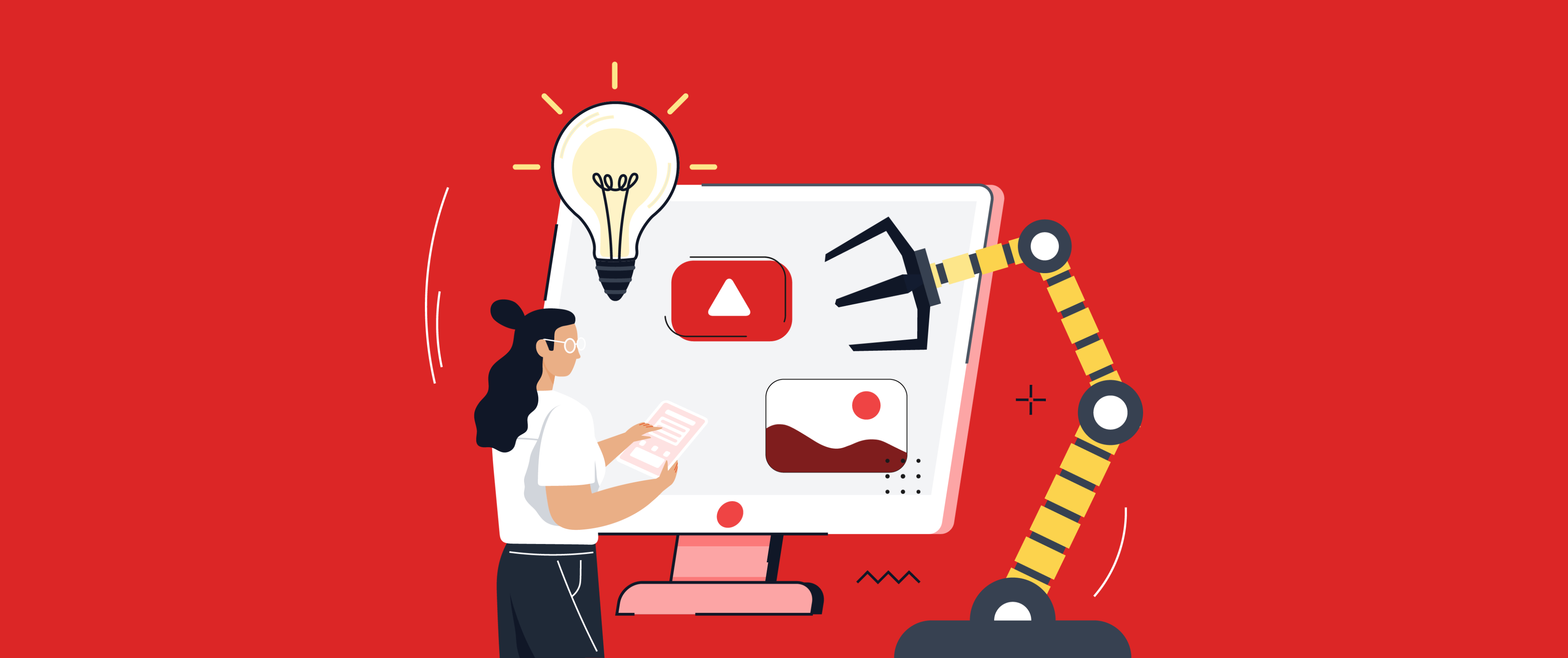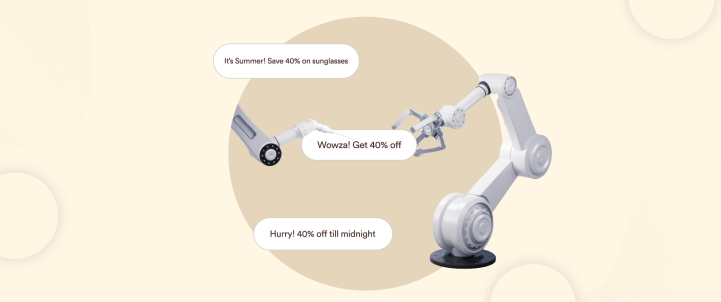Campaign automation is a powerful tool that can streamline marketing efforts by engaging customers across multiple channels without the need for manual intervention. When set up correctly, campaign automation allows brands to create personalized and relevant messages that drive engagement and conversions.
What is Campaign Automation?
Campaign automation means utilizing software to automate various recurring marketing tasks such as sending emails, notifications, SMS, social media posts, and more. For this software to be effective, it should allow marketers to create personalized and relevant campaigns for different user segments.
Campaign automation equips marketers to trigger actions based on user behavior, demographics, and preferences. Instead of manually sending each communication, marketers can instead focus their efforts on creating compelling content strategies.
How to Set Up Campaign Automation
To jumpstart your campaign automation efforts, we’ve listed the steps for building or improving your system.

1. Set the Goals for Your Automation
Every successful marketing campaign begins with clear and measurable goals such as increasing app installations, increasing conversions, registrations, referrals or retention. Set a specific goal that is measurable and relevant. A goal-centric approach aligns your campaign automation efforts with broader business goals. Once the goal is clearly defined, ascertain the key performance indicators that measure the efficacy of your campaign. These metrics will help you plan and optimize your campaign effectively and derive meaningful insights.
2. Create Compelling Content
Content is the determining factor of any successful marketing campaign. Once you have your goals clearly defined, it’s time to create captivating content for your campaigns that not only resonates with the audience but also provides value while being in sync with the brand’s voice and tone. Whether it’s a catchy subject line for an email or a personalized push notification, the right content can make all the difference. Include a clear call-to-action (CTA) that directs users towards the next step. A/B testing can be used to further refine your content strategy, by testing different message variations to identify which ones yield the best results.
3. Choose the Correct Channels
Now, more than ever, brands need to reach users through their preferred channels. Depending upon the goals, pick the right channels to reach current and prospective audiences. Email, push notifications, SMS, in-app messages, web pop-ups, and social media posts are some of the widely used channels to connect with the audience. Marketers can also use multiple channels in a single campaign to provide a seamless omnichannel experience to their users.
4. Set Up Automation Triggers and Workflows
Automation workflows are the cornerstone of your campaign automation strategy. A sequence of actions can be triggered by a specific user behavior, predefined condition, or time-based event. For example: a welcome email sent to a new user, or a feedback request sent post-service, or a personalized thank you message with an invoice sent post-purchase. These ensure that users receive timely and relevant updates throughout their user journey. Two types of triggers exist:
- Event-Based Triggers: These automated actions are set off by user interactions, such as app downloads, purchases, or abandoned carts.
- Time-Based Triggers: These triggers send messages at specific intervals, such as for a weekly newsletter or a monthly update.
5. Test and Launch
It’s crucial to test your campaigns before you send it off to users, to ensure that campaigns run as expected and deliver the desired results. Sending a test message to a sample group is a necessary step to check if the message is delivered correctly and looks good on different platforms. Feedback from the sample group can be used to make necessary changes to the content, design, or timing.
Run A/B tests to compare the performance of different versions of your messages and learn which has the highest CTRs, conversion rate, or any other metric you need to measure. Campaigns can also be launched gradually in batches to monitor the impact of your campaigns on a smaller sample size.

6. Monitor, Analyze, and Optimize
Now is the time to reap the benefits of campaign automation by regularly monitoring campaigns, analyzing their performance and tweaking those campaigns as and when needed. Pay attention to KPIs such as open rates, CTRs, conversion rates, and overall engagement. Observe what resonates best with your audience. Make data-driven decisions with real-time analytics. Refine marketing strategies by looking at user behavior trends and preferences. Based on these data-backed insights, brands can optimize campaigns by making necessary changes to segments, channels, content, triggers, workflows, and more.
Campaign Automation Should See Continuous Improvement
Campaign automation is not a one-time activity, it’s a continuous learning process.
And that learning is facilitated by reviewing your campaign results, gathering feedback from your users, and keeping abreast of what’s going on in your industry.
And of course, use the right tool for your marketing automation.
CleverTap’s all-in-one engagement platform helps you create personalized experiences that can be automated to drive customer engagement with minimal intervention. Explore the power of rich analytics, utilize tools such as cohorts, funnels, trends, and pivots. Most importantly, use CleverTap’s automation tools to retain your most valuable customers.

Mrinal Parekh 
Leads Product Marketing & Analyst Relations.Expert in cross-channel marketing strategies & platforms.
Free Customer Engagement Guides
Join our newsletter for actionable tips and proven strategies to grow your business and engage your customers.















































